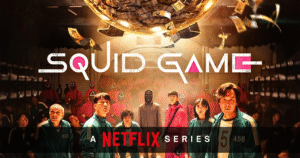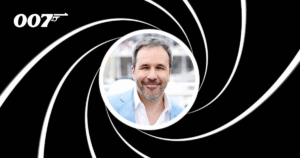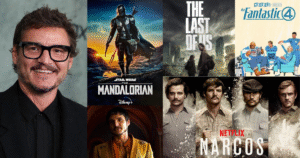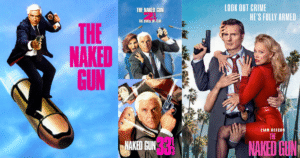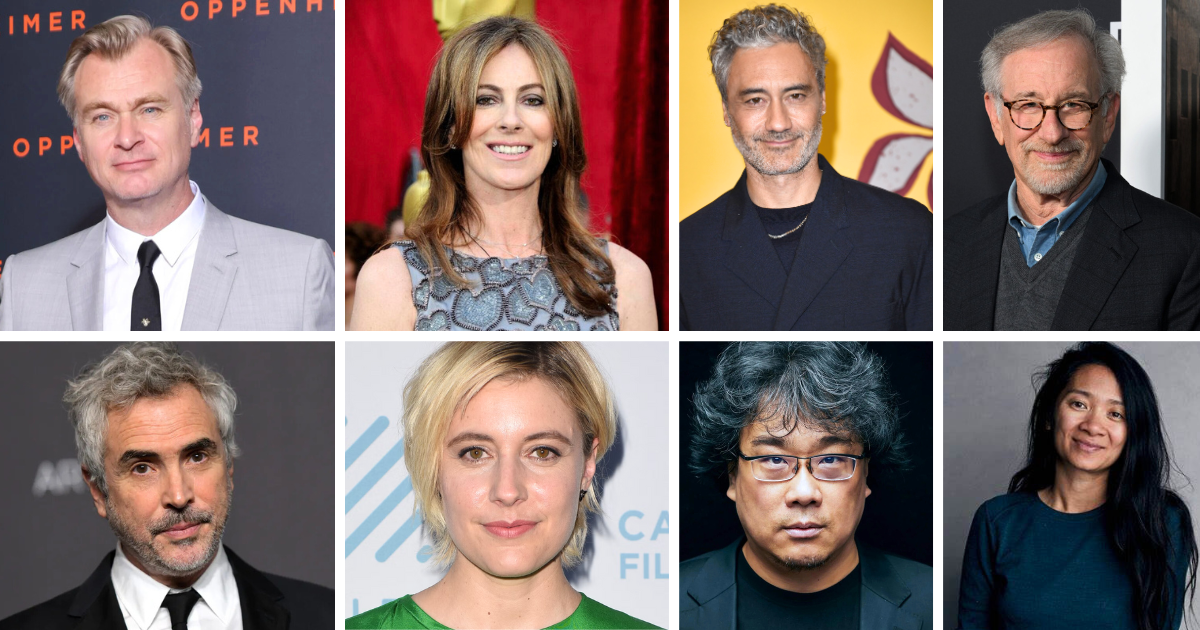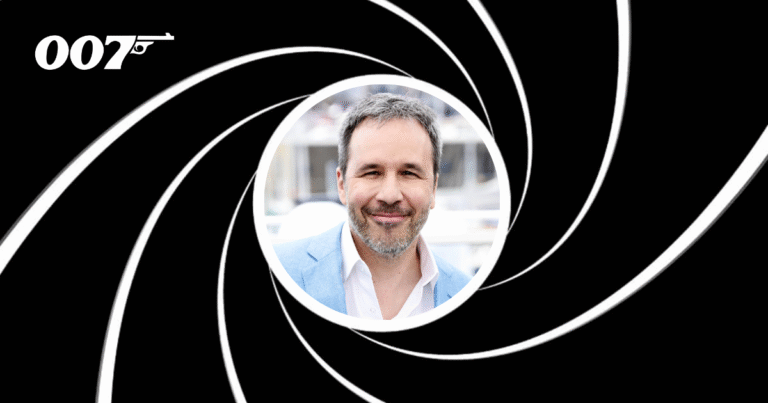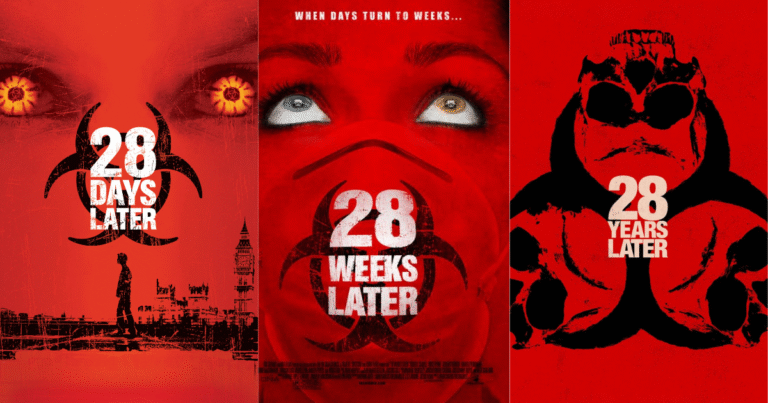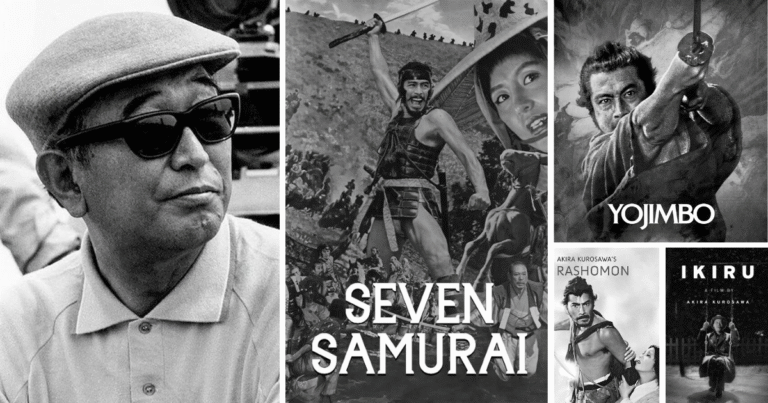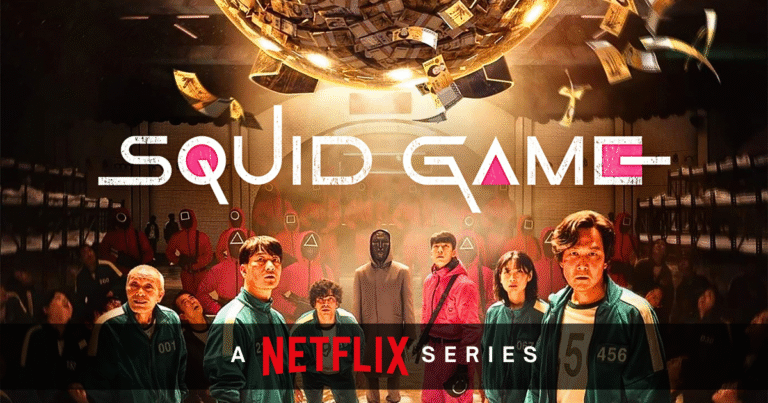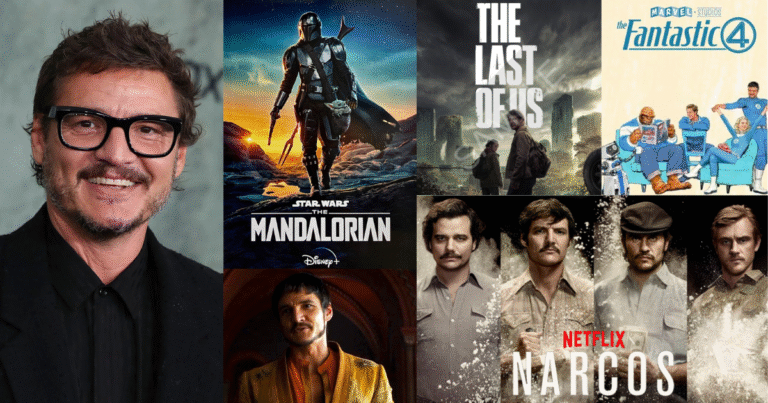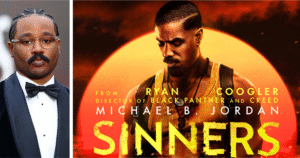Ever watched a movie and wondered, “How did they think of that?” That’s the magic of a film director’s mind. Behind every frame, scene, and line of dialogue is a director making dozens of choices, some subtle, some bold, all working together to shape the final story on screen.
Directors are often seen as the visionaries of cinema. But what really goes on inside their heads? How do they turn a script into an emotional journey? Let’s take a closer look.
Seeing the Film Before It Exists
The most important quality in any film director is vision. Before a single shot is captured, a director imagines how the story will unfold visually. This includes everything from camera angles and lighting to the rhythm of scenes and emotional arcs.
Take Christopher Nolan, for example. With films like Inception and Interstellar, he doesn’t just direct; he designs entire worlds in his mind. His attention to structure and time isn’t just clever, it’s essential to how the audience experiences the film. Nolan is known for storyboarding key scenes himself and mapping out how tension will build, shift, and finally release.
Understanding Characters Deeply
Good directors don’t just see their characters, they understand them. They dive into their motivations, flaws, and relationships to ensure the performance feels real and grounded.
Greta Gerwig, in Lady Bird, captured the small, awkward, and often painful moments of adolescence with warmth and honesty. Her close collaboration with actors like Saoirse Ronan allowed the characters to come alive in a way that felt incredibly relatable. Gerwig’s strength lies in making everyday experiences feel cinematic without over-dramatizing them.
Collaborating While Staying in Control
A director’s job is also about collaboration. They guide the cinematographer, editor, composer, and actors, all while staying true to the film’s tone and vision.
Steven Spielberg is famous for being an actor’s director. In Saving Private Ryan, he worked closely with Tom Hanks and the ensemble cast to create an authentic, emotional war experience. At the same time, he coordinated with his cinematographer Janusz Kamiński to capture the gritty, immersive style the film is known for.
A good director knows when to lead and when to listen.
Making Big Choices (And Taking Risks)
Sometimes, the director has to make choices that challenge audience expectations. These decisions may involve unconventional pacing, silence instead of music, or even changing the ending of a story.
Chloé Zhao, in Nomadland, blurred the line between fiction and reality by casting real nomads alongside Frances McDormand. Her approach gave the film a quiet strength that came from authenticity, not spectacle.
Directors like Zhao aren’t afraid to slow down, let silence breathe, or film in natural light. These are all creative decisions rooted in emotion, not just aesthetics.
Using Visual Language
A lot of what directors communicate isn’t through words, it’s through visuals. Camera movement, framing, color, and light all contribute to how a story feels.
Alfonso Cuarón, in Roma, used long takes and wide shots to make the audience feel like a quiet observer. You don’t just watch the story, you live in it. Every shot feels deliberate, allowing you to soak in the details.
Cuarón even acted as his own cinematographer for the film, proving how deeply directors can get involved in shaping the visual language of their work.
Trusting the Team
Directing is about making thousands of decisions, but not alone. A strong director knows how to choose the right team and trust them.
Bong Joon-ho, director of Parasite, is known for working closely with his editor and production designer from the earliest stages. The house in Parasite wasn’t just a location, it was designed for the film. This level of planning can only happen when the director is deeply involved in every department, while still empowering each collaborator to contribute their expertise.
Keeping the Big Picture in Mind
While everyone else on set may be focused on their specific job, the director is watching the whole puzzle come together. They need to think about how this scene connects to the one before it, what the emotional tone is, and how the music will later enhance it in the edit.
Kathryn Bigelow, known for The Hurt Locker and Zero Dark Thirty, builds tension through pacing and point-of-view shots. But she’s also tracking broader ideas: the emotional toll of war, and how chaos affects human behavior. Her attention to the why behind the story makes her films feel impactful long after the credits roll.
Adapting to Problems (Fast)
Film shoots are unpredictable. Weather changes, locations fall through, actors get sick. Directors have to think fast and adapt without losing sight of the story.
Taika Waititi, on Jojo Rabbit, is a great example of a director who mixes creative flexibility with a clear voice. His films feel spontaneous, but that spontaneity is built on solid preparation and an openness to the unexpected.
Waititi’s humor also helps keep the crew motivated, a big part of leading any production.
So, What’s Really Inside a Director’s Mind?
It’s a blend of imagination, emotion, logic, and leadership. Directors are constantly juggling:
- The story’s emotional flow
- Actor performance and nuance
- Visual storytelling and tone
- Pacing, rhythm, and scene transitions
- Budget, logistics, and practical constraints
- The audience experience
Every film is a thousand decisions. What makes a great director isn’t just making those decisions, but making them with purpose.
Final Thoughts
When you sit in a dark theater and get swept into a story, it’s easy to forget how much intention went into each frame. But behind the camera is a director who saw that story long before you did, and spent months (if not years) bringing it to life.
Whether it’s Nolan playing with time, Gerwig capturing teen angst, or Bong Joon-ho building a perfect metaphor out of a staircase, directors shape how we feel, think, and remember movies.
So the next time a scene gives you chills, remember: it probably started as a note in a director’s mind, one idea among thousands, all stitched together into something unforgettable.
